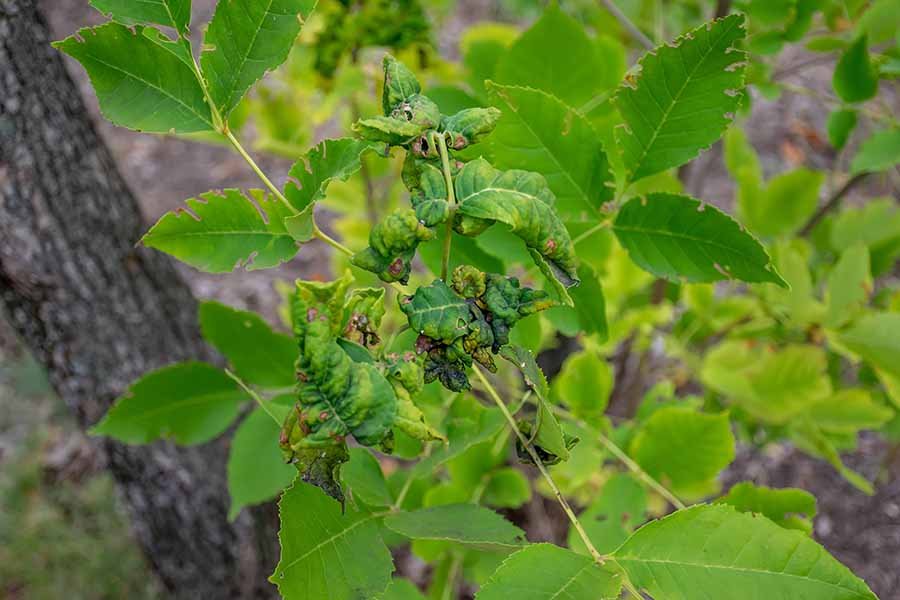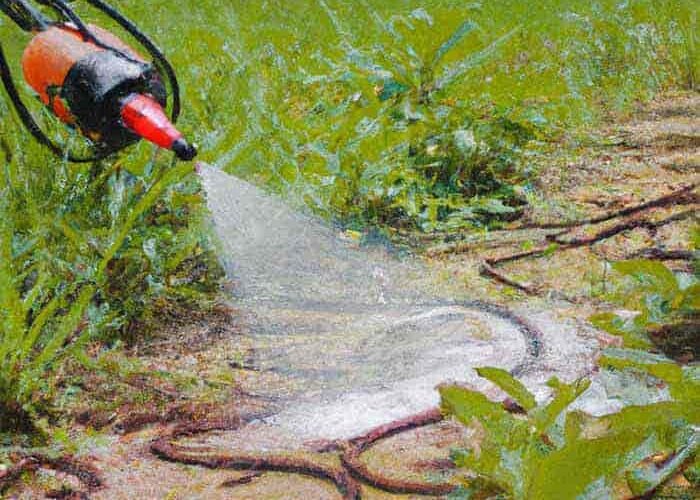
Plant-parasitic nematodes, which are microscopic, worm-like organisms that can damage crops and other plants, can be controlled or eradicated by nematodes.
Nematodes can infect the roots, stems, and leaves of plants, leading to reduced growth, yield, and quality. Nematicides work by killing or repelling nematodes or by inhibiting their ability to reproduce. They can be applied to the soil, plant roots, or foliage, and can be used in a variety of agricultural settings, including farms, nurseries, and greenhouses.
There are several types of nematicides:
Nematicides are chemical compounds that are used to control or kill nematodes, which are microscopic worm-like organisms that can cause damage to plants and crops.
Nematicides that inhibit acetylcholinesterase, which is essential for nerve function in nematodes, are in this class. Among them are ethoprophos and fosthiazate.
Nematicides like these work by inhibiting the enzyme cholinesterase, which is important for nerve function in nematodes. Examples of carbamate nematicides include aldicarb and oxamyl.
In the soil, these compounds kill nematodes. Fumigants are highly toxic and must be handled carefully. Examples of fumigant nematicides include methyl bromide and chloropicrin.
These are living organisms that are able to infect and kill nematodes, such as bacteria or fungi. Examples of biological nematicides include Bacillus firmus and Paecilomyces lilacinus.
These are nematicides that are made from plant extracts, such as neem oil and garlic extract. These compounds work by disrupting the nematodes’ ability to feed and reproduce.
Used of Nematicides
It is important to note that nematicides can have negative effects on the environment and can be harmful to non-target organisms, including humans. Therefore, their use should be carefully considered and applied in accordance with safety guidelines and regulations.
Fungicides can be used in the following ways:
Different types of nematodes require different types of nematicides, and the severity of the infestation will determine the dosage and frequency of application.
Chemical and biological nematicides are available. It’s important to choose the appropriate nematicide for the type of nematode and the specific crop or plant being treated.
Nematicides are toxic chemicals that can harm both the user and the environment if not used properly. Follow label instructions carefully, including dosage, timing, and safety precautions.
Nematicides can be sprayed, drenched, or injected into the soil. The application method will depend on the type of nematicide and the specific situation.
Monitor the nematicide treatment for nematode control. It may be necessary to reapply the nematicide if the infestation persists or worsens.
To prevent nematode infestations, follow cultural practices in addition to nematicides. Other techniques can improve soil health and reduce nematodes.
- They are pesticides specifically designed to kill or control nematodes, which are tiny, worm-like pests that can damage crops, soil ecosystems, and plants. By interfering with nematode physiological processes, nemadicides kill or disable them.
- Chemicals, organic or natural products, and biological agents are all types of nematicides. Chemical nematicides include organophosphates, carbamates, and fumigants like methyl bromide.
- Organic or natural nematicides, on the other hand, are often derived from natural plant extracts or other sources, and may be less harmful to the environment and to human health. Examples include neem oil, garlic, and hot pepper extracts, among others.

While nematicides can be effective at controlling nematodes, they can also harm beneficial soil organisms and cause pesticide resistance in nematode populations over time. It’s important to use nematicides judiciously and correctly.
Here are some additional points to know about nematicides:

Types : There are two main types of nematicides: fumigants and non-fumigants. Non-fumigant nematicides include liquids or granules that are applied directly to the soil instead of gases.Uses : Nematicides are commonly used in agriculture to protect crops from nematode damage. They are also used in horticulture and turf management to protect ornamental plants and grasses.Risks : Nematicides can be toxic to humans and other non-target organisms, and their use can have negative impacts on the environment. Many nematicides have been phased out or restricted due to their harmful effects.
Alternatives : Integrated pest management (IPM) practices, such as crop rotation, soil solarization, and the use of resistant crop varieties, can be effective alternatives to nematicides. Biological control agents, such as nematophagous fungi and bacteria, can also be used to control nematodes.Regulations : The use of nematicides is regulated by government agencies in many countries to ensure their safe use and minimize their environmental impacts. It is important to follow label instructions and use nematicides only as directed.
